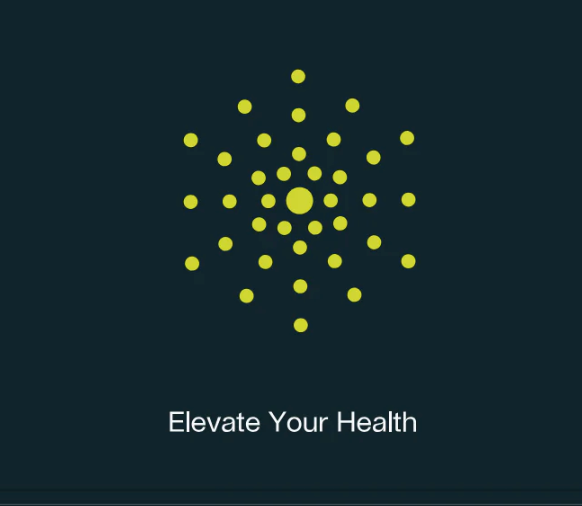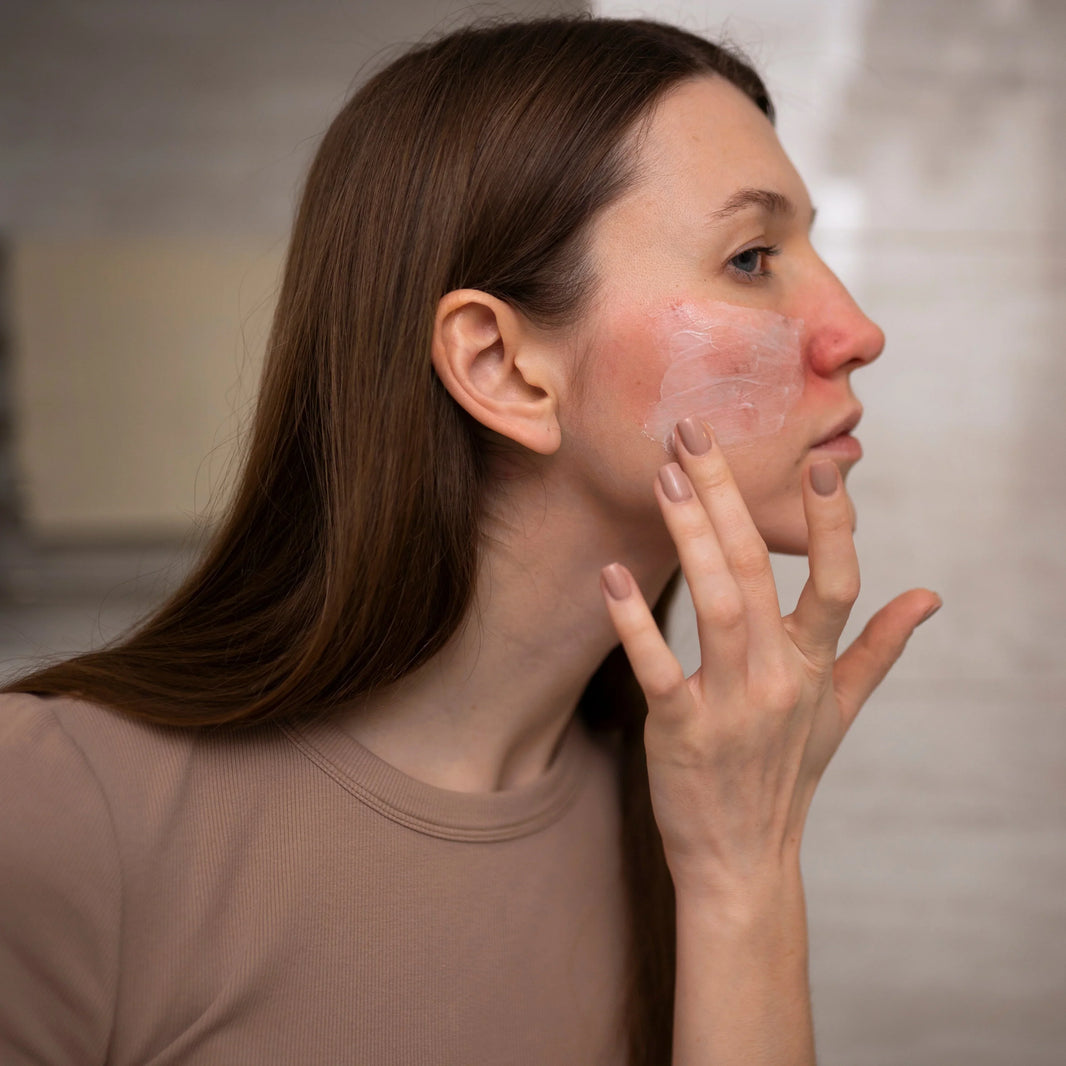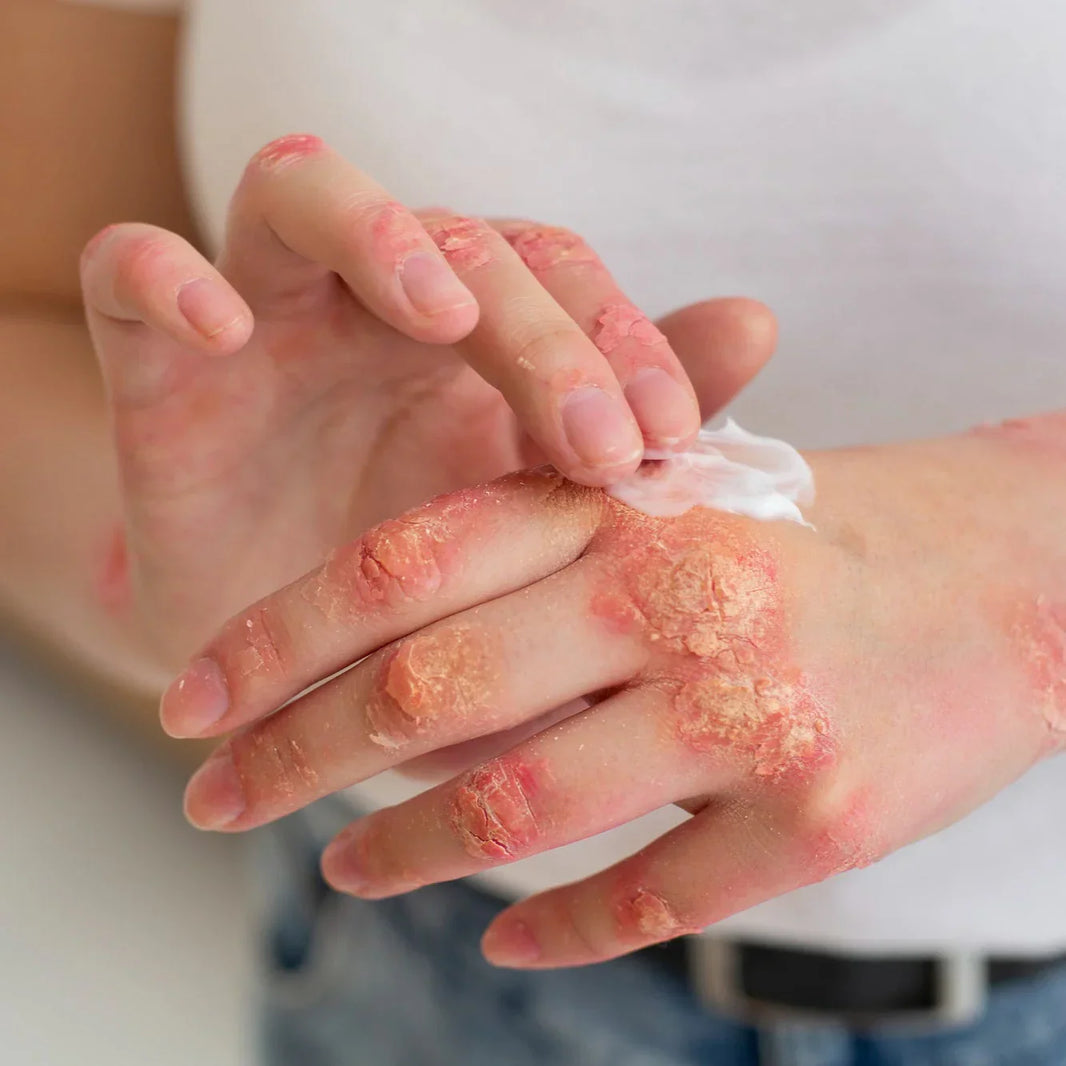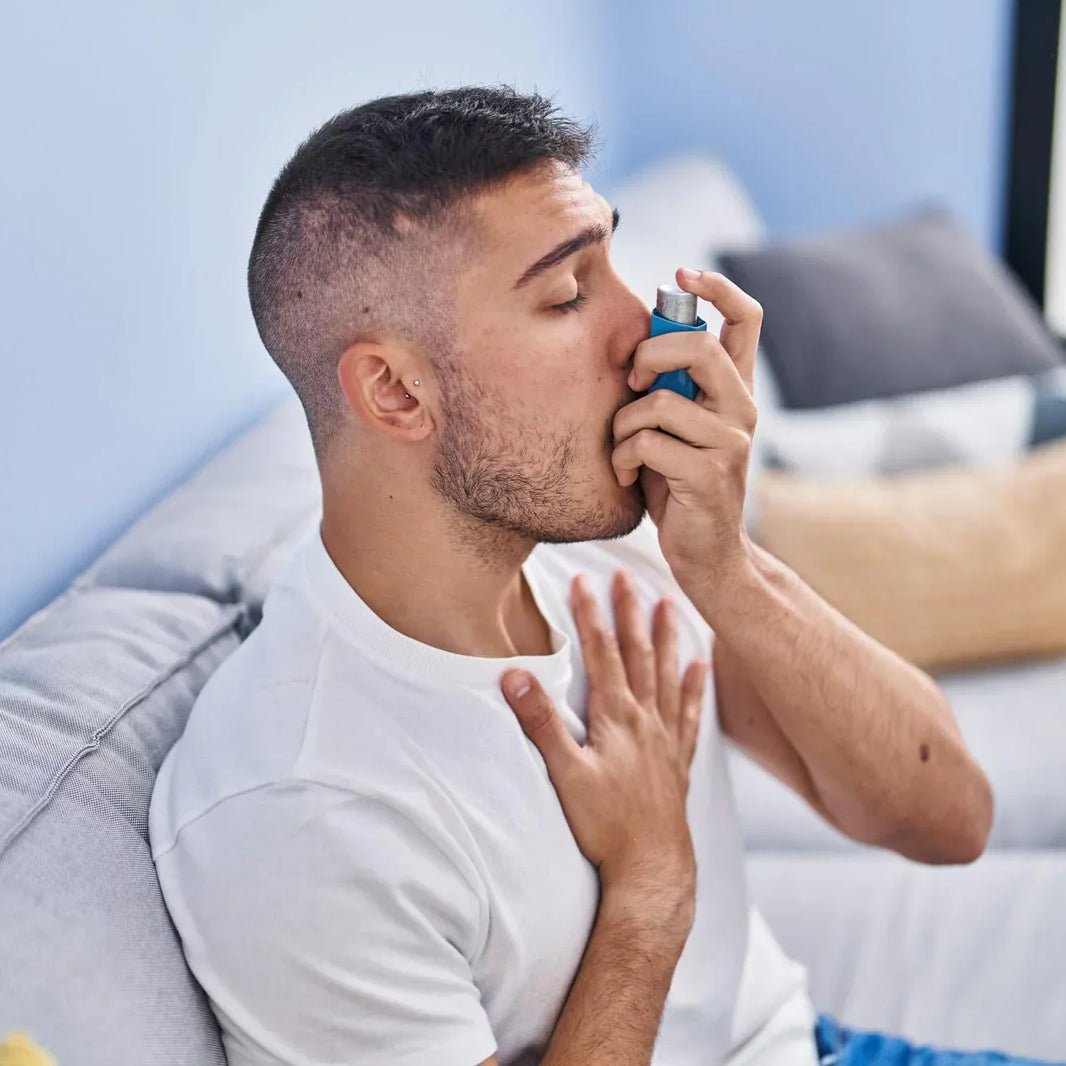The menopausal transition represents a significant phase in a woman's life characterized by declining ovarian function, reduced estrogen production, and a variety of symptoms that can substantially impact quality of life. Up to 87% of women report hot flashes during or after their menopause transition, with these symptoms potentially lasting for a median duration of 7.4 years. This comprehensive report examines the current understanding of menopause symptom support, exploring the underlying mechanisms and pathways, as well as evaluating the evidence for various intervention strategies. As the population of working women increases, understanding and effectively managing menopause-related symptoms becomes increasingly important for maintaining both individual well-being and workplace productivity.
Understanding Menopause and Its Symptom Burden
Menopause is physiologically characterized by the decline in estrogen production from the ovary, leading to cessation of menstruation and reproductive capability. This transition is accompanied by numerous symptoms spanning multiple bodily systems. While experiences vary considerably between individuals, common manifestations include vasomotor symptoms (hot flashes and night sweats), genitourinary syndrome of menopause (GSM), sleep disturbances, mood changes, and cognitive alterations.
Symptom Impact and Prevalence
Recent research indicates substantial impacts of menopausal symptoms on women's work and daily life. A cross-sectional survey of 351 working women in the United States found that 77.7% of participants reported work-related challenges due to menopause, with 56.8% perceiving reduced productivity. Most respondents reported moderate (38.46%) to severe (35.9%) menopausal symptoms, with the severity significantly predicting greater emotional exhaustion, reduced work engagement, and increased turnover intentions5.
Genitourinary syndrome of menopause represents another significant cluster of symptoms affecting postmenopausal women, characterized by vulvovaginal dryness, irritation, discomfort, and dyspareunia. These symptoms can significantly impact intimate relationships and quality of life, presenting unique challenges for effective management711.
Neurobiology of Vasomotor Symptoms
Recent advances have illuminated the neurobiological mechanisms underlying vasomotor symptoms of menopause. Activation of the neurokinin 3 receptor (NK3R) by neurokinin B (NKB) has been linked to the onset of these symptoms during the menopausal transition. NKB is secreted by hypothalamic Kisspeptin, NKB, Dynorphin (KNDy) neurons in response to decreasing estradiol levels. This mechanism provides a critical target for non-hormonal intervention strategies that may offer relief without the risks associated with traditional hormone therapies810.
Hormonal Therapy: The Traditional Approach
Hormone therapy with estrogen remains the mainstay and most effective treatment for vasomotor symptoms associated with menopause. By directly addressing the underlying estrogen deficiency, these treatments can provide substantial symptom relief.
Clinical Decision Support for Hormone Therapy
The North American Menopause Society (NAMS) has developed clinical tools to facilitate personalized treatment decisions. The Menopause Decision-Support Algorithm and companion MenoPro iPhone/iPad app help clinicians identify appropriate candidates for pharmacologic treatment based on risk stratification and patient preferences. This approach acknowledges that while some women are suitable candidates for hormonal treatments, others—due to personal preferences or risk factor profiles—may be more appropriate candidates for non-hormonal options1.
Risk-Benefit Assessment
Despite its efficacy, hormone therapy is not without risk, necessitating careful consideration of individual factors. The mobile app, which can be downloaded free of charge, facilitates shared decision-making between clinicians and patients by offering two modes—one for healthcare providers and another for patients. This patient-centered approach allows for personalized treatment planning based on comprehensive risk-benefit assessment1.
Emerging Non-Hormonal Pharmacologic Approaches
The limitations and contraindications of hormone therapy have driven research into effective non-hormonal alternatives for managing menopausal symptoms. Significant progress has been made in developing targeted approaches that address specific symptom pathways.
Neurokinin Receptor Antagonists
The discovery of neurokinin B receptor antagonists provides an encouraging and potentially practice-changing treatment option for women experiencing vasomotor symptoms. These compounds target the neurokinin pathway implicated in hot flash generation without the systemic effects of hormone therapy. By blocking NK3R activation, these medications interrupt the neurochemical cascade associated with vasomotor symptom generation, offering a mechanism-specific approach to symptom management10.
This targeted approach represents a significant advancement in non-hormonal therapy for menopausal symptoms, potentially offering relief to women who cannot or prefer not to use conventional hormone therapy due to contraindications, concerns about adverse effects, or personal preference10.
Energy-Based Interventions for Genitourinary Symptoms
Energy-based treatments have emerged as promising options for addressing genitourinary syndrome of menopause, offering tissue-regenerative approaches that may provide lasting symptom relief.
Laser Therapy Efficacy
A meta-analysis of randomized controlled trials investigating laser therapy for GSM found significant benefits associated with carbon dioxide (CO2) laser treatment. The analysis, which included twelve randomized controlled trials representing 5,147 participants, demonstrated that CO2-laser therapy significantly improved the vaginal health index (VHI) score (MD=2.21; 95% CI=1.25 to 3.16) while decreasing symptoms of dyspareunia (MD=−0.85; 95% CI=−1.59 to −0.10), vaginal dryness (MD=−0.62; 95% CI=−1.12 to −0.12), and burning sensation (MD= −0.64; 95% CI=−1.28 to −0.01). Importantly, no serious adverse effects were reported across these studies7.
Photobiomodulation Therapy
Photobiomodulation therapy (PBMT), which utilizes light in the visible to far-infrared spectrum, has been proposed as an alternative for managing GSM and stress urinary incontinence. Based on preliminary evidence, PBMT appears safe and efficacious in treating GSM, though the mechanism of action requires further elucidation. This approach adds to the growing arsenal of non-hormonal interventions available to women experiencing genitourinary symptoms during and after menopause2.
A systematic review assessing energy-based interventions for GSM evaluated studies on CO2 laser, Er:YAG laser, and radiofrequency treatments. The findings support these approaches as potentially valuable non-hormone therapies for women with GSM symptoms, though the quality and consistency of evidence varies across different technology platforms11.
Traditional and Botanical Remedies
Traditional medicine systems worldwide offer various approaches to menopause symptom management, many of which have been used for generations and are now being subjected to scientific scrutiny.
Asian Traditional Formulations
Yin Huo Tang (YHT), a traditional Chinese herbal formula containing 23 medicinal herbs, has been effectively used for clinical treatment of menopause-like symptoms in China. Experimental studies in ovariectomized mice (an animal model of menopause) demonstrated that YHT improved behavioral symptoms, ameliorated sleep disturbances, reduced body weight, increased uterine weight, and improved histomorphology of various organs. Network pharmacology and molecular docking analyses suggested that the estrogen signaling pathway might play a key role in YHT's mechanism of action in attenuating menopause-like symptoms13.
Similarly, Yakae-Prajamduen-Jamod (YPJ), a Thai traditional medicine formula consisting of 23 medicinal herbs, showed promising effects on cognitive deficits in ovariectomized mice. YPJ's ameliorative effects appear to work in part by mitigating HPA axis overactivation, neuroinflammation, and oxidative brain damage. HPLC analysis revealed that YPJ contained antioxidant and phytoestrogen constituents including gallic acid, myricetin, quercetin, luteolin, genistein, and coumestrol, suggesting multiple mechanisms of action17.
Individual Botanical Compounds
Astragalin (AST), a flavonoid glycoside from Morus alba (Mulberry), has been investigated for its effects on ovarian function in aged female rats. Research indicates that AST enhanced ovarian function by increasing estradiol and progesterone levels and reducing ovarian granulosa cell apoptosis via a mechanism involving the anti-apoptotic protein Bcl-2. These findings suggest potential applications for AST in menopause symptom management, though clinical studies are needed to confirm these effects in humans19.
Mugwort (Artemisia species) has traditional uses among the Chumash Indians of California for treating various imbalances women may experience, including premenstrual syndrome, dysmenorrhea, and menopausal symptoms. The plant contains sesquiterpenes that appear to work through serotonergic mechanisms, potentially offering benefit for menopausal women. Some proponents suggest mugwort therapy is safer for menopausal women than hormone replacement therapy, though rigorous clinical evidence supporting this claim is limited15.
Physical Activity and Mobile-Based Interventions
Physical activity offers potential benefits for menopausal women, though adherence to exercise recommendations often presents challenges. Innovative approaches to promoting physical activity show promise but require further evaluation.
Challenges and Potential
Midlife women with menopausal symptoms are less likely to meet recommended physical activity levels despite potential benefits. Regular physical activity during this life phase could reduce cardiovascular disease risk and potentially improve menopausal symptoms. Time and resource constraints often present barriers to maintaining adequate activity levels during this transitional period3.
Technology-Based Approaches
Mobile physical activity interventions, including smartphone applications and wearable activity trackers, potentially address common barriers by providing accessible, convenient support for increasing activity levels. A systematic review evaluating the effectiveness, acceptability, and active behavior change techniques of mobile PA technologies among midlife menopausal women found varying results. While these technologies show promise, evidence regarding their effectiveness specifically for this population remains unclear and warrants further investigation3.
Psychosocial Factors and Support Systems
Psychological and social factors significantly influence the experience of menopausal symptoms, though the relationship between support systems and symptom management is complex and multifaceted.
Stress and Symptom Exacerbation
Stress is well-documented to worsen menopause symptoms, particularly vasomotor manifestations. Analysis of nine years of data from the Study of Women's Health Across the Nation found that stressful life events significantly predicted increased frequency of vasomotor symptoms, with the degree to which women were upset by stressors having the largest effect on symptom experience18.
The Role of Social Support
Contrary to expectations, research has not consistently demonstrated that emotional support leads to lower vasomotor symptom frequency or effectively buffers against stress effects. After adjusting for factors including age, marital status, smoking, self-perceived overall health, ethnicity, and menopausal status, the experience of a stressful event—but not amount of social support—was included in the best-fitting predictive model for vasomotor symptoms. This suggests that stress reduction strategies may prove more beneficial than general social support interventions for symptom management18.
Special Populations and Unique Considerations
Menopause experiences vary considerably across different populations, with certain groups facing unique challenges that require specialized approaches to symptom management.
Autistic Individuals and Menopause
Recent qualitative research examining autistic people's experiences with the menopause transition revealed several distinctive challenges. Participants reported increased sensory sensitivities during perimenopause that severely impacted their quality of life. These sensory issues compounded typical vasomotor symptoms, creating an overwhelming confluence of difficulties. Many participants felt insufficiently supported by healthcare providers and unprepared for the intensification of sensory sensitivities during the menopause transition due to inadequate information and social support. These findings highlight the need for tailored approaches to menopause management for neurodivergent individuals12.
Workplace Challenges and Accommodations
The increasing workforce participation of women necessitates understanding how menopausal symptoms affect workplace functioning. Women experiencing moderate to severe symptoms often face significant work-related challenges, with concerns about being perceived as less capable due to menopausal symptoms. The severity of menopausal symptoms has been found to significantly predict emotional exhaustion, reduced work engagement, and increased turnover intentions, highlighting the economic and career implications of inadequate symptom management5.
Conclusion
Menopause symptom support encompasses a diverse range of approaches targeting various pathways and mechanisms implicated in symptom generation. While hormone therapy remains the most effective intervention for vasomotor symptoms, emerging non-hormonal pharmacologic options like neurokinin receptor antagonists show significant promise for women unable or unwilling to use estrogen-based treatments. For genitourinary symptoms, energy-based interventions—particularly CO2 laser therapy—demonstrate measurable benefits with good safety profiles.
Traditional herbal remedies show potential based on preclinical studies, though most require more rigorous clinical evaluation before definitive efficacy claims can be made. Physical activity interventions, particularly mobile-based approaches, offer accessible support but need further development and evaluation specifically for menopausal populations. The relationship between psychosocial factors and symptom experience remains complex, with stress reduction potentially offering more benefit than general social support.
As research continues to evolve, personalized approaches considering individual risk factors, preferences, and special population needs will likely provide the most effective symptom management strategies. Shared decision-making tools that facilitate communication between healthcare providers and patients represent an important advancement in providing patient-centered menopause care that balances efficacy with safety considerations.
Citations:
- https://pubmed.ncbi.nlm.nih.gov/25314150/
- https://www.ncbi.nlm.nih.gov/pmc/articles/PMC6648197/
- https://www.ncbi.nlm.nih.gov/pmc/articles/PMC9789501/
- https://www.ncbi.nlm.nih.gov/pmc/articles/PMC10324610/
- https://pubmed.ncbi.nlm.nih.gov/38442310/
- https://www.semanticscholar.org/paper/dbff5abf6bc64f01e570e5d17600c5ed5e5c6302
- https://www.ncbi.nlm.nih.gov/pmc/articles/PMC11460430/
- https://www.ncbi.nlm.nih.gov/pmc/articles/PMC11455168/
- https://www.ncbi.nlm.nih.gov/pmc/articles/PMC6875564/
- https://www.ncbi.nlm.nih.gov/pmc/articles/PMC10302519/
- https://pubmed.ncbi.nlm.nih.gov/39774067/
- https://pubmed.ncbi.nlm.nih.gov/39999467/
- https://www.ncbi.nlm.nih.gov/pmc/articles/PMC9627159/
- https://www.ncbi.nlm.nih.gov/pmc/articles/PMC7695378/
- https://www.semanticscholar.org/paper/fd26adf950fa477425effe4c4bff6dd4ad20c665
- https://pubmed.ncbi.nlm.nih.gov/30601453/
- https://www.ncbi.nlm.nih.gov/pmc/articles/PMC9267962/
- https://www.ncbi.nlm.nih.gov/pmc/articles/PMC7840006/
- https://www.ncbi.nlm.nih.gov/pmc/articles/PMC6273233/
- https://www.ncbi.nlm.nih.gov/pmc/articles/PMC5760187/
- https://pubmed.ncbi.nlm.nih.gov/31433243/
- https://pubmed.ncbi.nlm.nih.gov/33582820/
- https://pubmed.ncbi.nlm.nih.gov/33475878/
- https://pubmed.ncbi.nlm.nih.gov/33966450/
- https://www.ncbi.nlm.nih.gov/pmc/articles/PMC9864448/
- https://www.ncbi.nlm.nih.gov/pmc/articles/PMC10273852/
- https://pubmed.ncbi.nlm.nih.gov/36478237/
- https://www.ncbi.nlm.nih.gov/pmc/articles/PMC8073008/
- https://pubmed.ncbi.nlm.nih.gov/26561071/
- https://www.ncbi.nlm.nih.gov/pmc/articles/PMC11233886/
- https://pubmed.ncbi.nlm.nih.gov/36576445/
- https://pubmed.ncbi.nlm.nih.gov/35944249/
- https://www.ncbi.nlm.nih.gov/pmc/articles/PMC11007410/
- https://www.semanticscholar.org/paper/da7ec8fe8f3ddd62dc35a4f0a24c124055f9044b
- https://www.ncbi.nlm.nih.gov/pmc/articles/PMC11165851/
- https://www.ncbi.nlm.nih.gov/pmc/articles/PMC11853862/
- https://www.ncbi.nlm.nih.gov/pmc/articles/PMC11041819/
- https://www.ncbi.nlm.nih.gov/pmc/articles/PMC11291210/
- https://www.ncbi.nlm.nih.gov/pmc/articles/PMC7795338/








